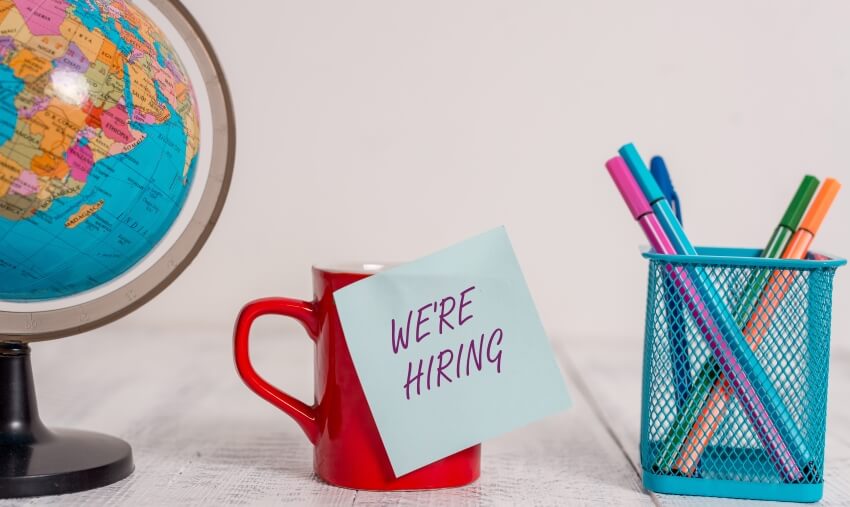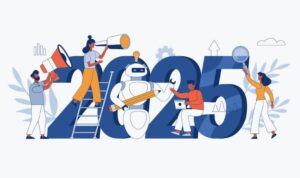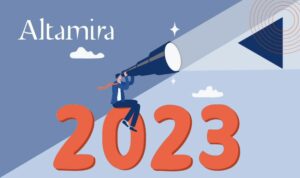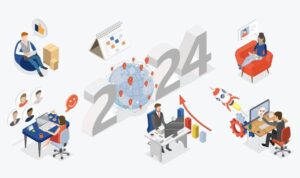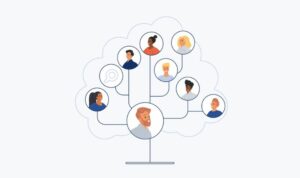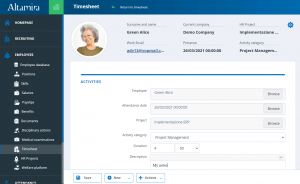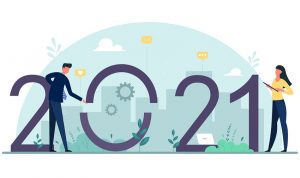Smart working, for now still mostly required by pandemic containment measures, is set to become a customary way of working around the world.
After experiencing the benefits of remote working—which are recognized by most employers and managers—employees will not be willing to do without it. It will be up to companies and HR departments to design a remote working policy that satisfies them and takes into account both their needs and those of candidates.
Smart working is such a relevant phenomenon that it is also having profound impacts on the economic, social and urban fabric. Thus, it’s not surprising that the fact that it has become widespread is already having a number of concrete effects on search and selection activities as well. Here are some of them.
1. Time to hire is decreasing
Time to hire is one of the most important KPIs in recruiting.
A high time to hire leads to a number of problems: an increase in recruitment costs, positions remain vacant for long periods, the best candidates may have already chosen another company, etc.
In 2017, according to research by Glassdoor, companies around the world were taking 16 to 40 days to complete the selection process. These numbers have definitely dropped during 2020.
In fact, one of the activities that slows down the selection process the most is matching the schedules of the recruiter and the candidate to find the right day and time for interviews, especially when the candidate has another job.
This problem has been largely solved by the spread of smart working and video interviews. This way of operating allows a candidate to organize their time and easily carve out a half-hour slot, enough to go ahead with a video interview, even on short notice.
As a result, recruiters are able to pack a large number of interviews into a few days and speed up the selection process.
These changes have allowed companies that needed to increase their productivity during the pandemic to rapidly expand their workforce.
2. The borders of hiring talent have expanded
Companies that have begun to provide fully remote positions have the advantage of being able to search for and hire talent from around the world, as long as there is compatibility with the working schedule and time zone.
But even those that simply offer more flexibility—for example, with 2-3 days of working from home per week—will be able to tap into a broader portfolio of candidates. For example, by attracting those workers from a nearby city who are willing to commute 2-3 days a week.
All of this makes it all the more important to adopt an employer branding strategy—to attract and persuade the best candidates—and an employee retention strategy—to fend off competition from companies from around the world.
3. Candidates’ priorities have changed
In the ranking of the benefits most appreciated and sought after by candidates and employees, smart working has moved up a few positions, so much so that it may influence their final decision.
Work/life balance is now a priority, while other benefits, such as a company car and a gym, are losing prominence.
As a result, a flexible smart working policy becomes a powerful weapon to persuade candidates to choose your company.
4. New soft skills one must look for
In recent years, soft skills have taken on great importance in search and selection processes. Many companies consider these more difficult to “train” than hard skills.
Smart working has placed an emphasis on a number of soft skills in particular, including:
- Interpersonal skills. An important soft skill when managing a team that is working from home on a consistent basis, in order to recreate the collaborative atmosphere of the office.
- Reliability. Reliability encompasses a large number of “human” qualities. Working independently without the need for supervision, honesty, integrity, punctuality, and anything else that leads us to trust one of our colleagues. This is essential to staying productive when working from home.
- Time management. With so little time and so many tasks to accomplish, knowing how to manage one’s time and prioritize it is a critical quality. Learning to manage their time independently has been a difficult challenge for many workers during lockdown.
- Problem solving. Thanks to problem solving, one is able to find a solution to a problem whenever one is faced with an “obstacle” that cannot be overcome instinctively or through habitual behavior. Is there any job that does not give us new “challenges” to solve over time?
5. Digital skills have become indispensable
In early 2020, companies had to move many of their processes online, whether they were ready or not.
The biggest obstacle in their path has been the low uptake of digital skills among the workforce, starting, as is natural, with the older generations.
This enormous stress test has prompted companies to invest in digital skills training.
In the future as well, digital skills will be among the most sought-after by recruiters, who must be able to detect them and recognize them.
6. The support of technology is even more important
The changes over the past year have made technology even more indispensable to search and selection departments.
Not only because, as we said above, interviews and other activities (career days, tests, etc.) have moved almost exclusively online, but also in order to facilitate collaboration among the different recruiters who work remotely.
The main tool is always the ATS, thanks to which recruiters can take advantage of a common company database without risking contacting the same candidate multiple times, have visibility about their colleagues’ work, monitor the progress of projects, easily manage data processing, organize activities and create reports.
With the help of recruiting software and automated screening tools, they will be able to carry out fast and efficient selection processes that will help the company acquire the necessary staff to meet the needs of the economic recovery expected in the coming years.
Copyright: ©Artur/Adobe Stock











